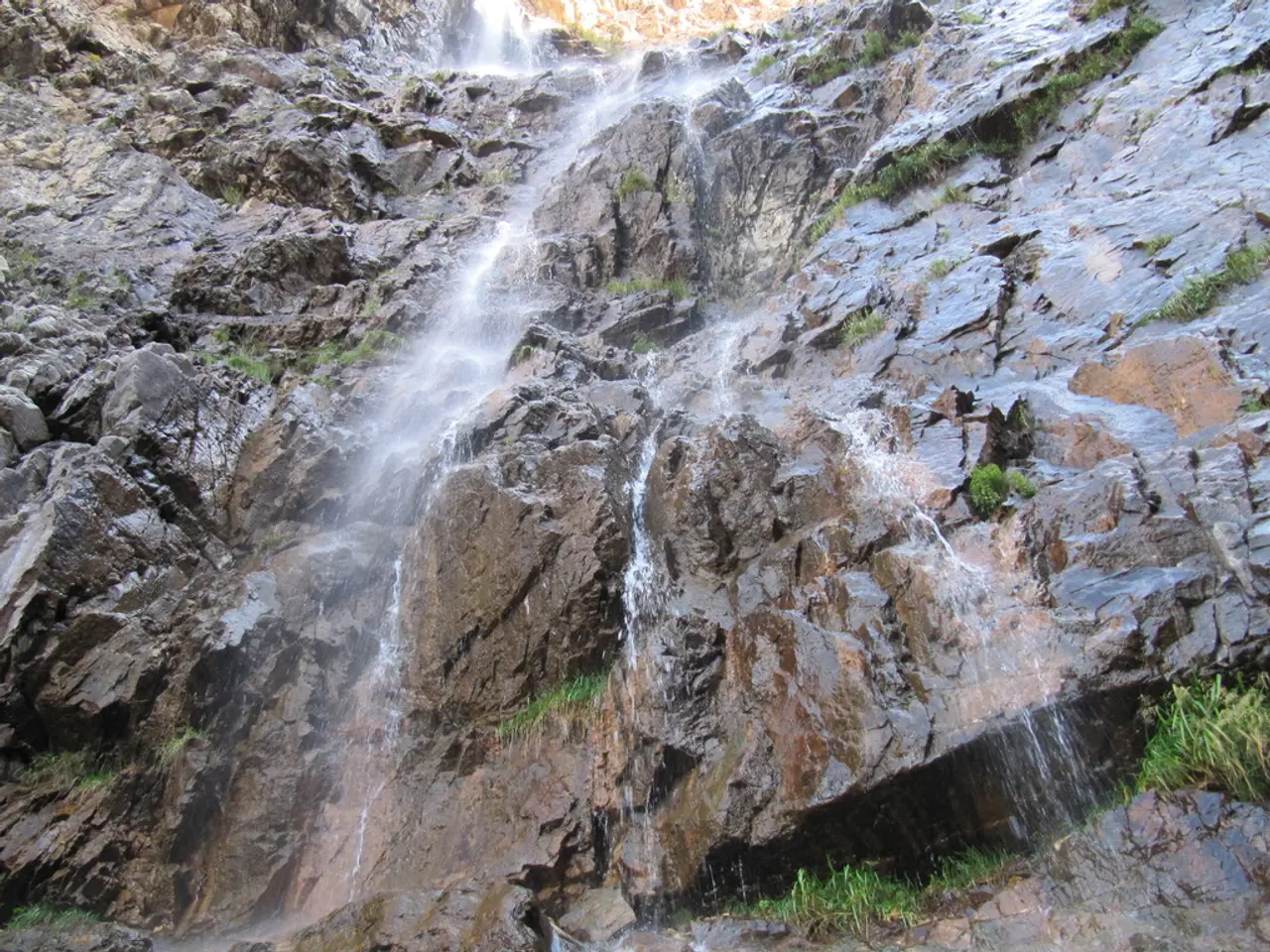Eruptions and Cracks in Focus for Program Episode 30
The Kilauea volcano on the Island of Hawaii continues to be active, with the latest developments centering around a new fissure that opened at the summit and two eruptive vents in the southwest part of Halema'uma'u crater.
On Aug. 6, Episode 30 of the Kilauea summit eruption occurred. Since then, a new fissure has opened to the south against the caldera wall, approximately fifteen minutes after a series of earthquakes. These seismic events were accompanied by a brief 30-minute crack opening signal and nearly two microradians of tilt.
The new fissure is fed by a shallow magma, less than half a mile or 1 km deep, and has been the source of lava fountains that have been visible for the past eight months. The dominant seismic signal has been tremor, a signal associated with fluid movement. Tremor has been weak and occurs along with low-frequency thumping between episodes.
The two eruptive vents, one north and one south, are located in the southwest part of Halema'uma'u crater. New cracks have been created beyond the new fissure onto the rim of the Halema'uma'u crater. The vents have sometimes alternately or simultaneously erupted, with changes in their geometries over time.
The United States Geological Survey (USGS) has taken over the monitoring and observation of the events surrounding the Kilauea eruption. Visitors are urged to heed National Park Service guidance while enjoying the Kilauea eruption.
It's important to note that Mauna Loa, another active volcano on the Island of Hawaii, is not erupting at this time. Additionally, no unusual activity has been noted along Kilauea's East Rift Zone or Southwest Rift Zone.
Lava fountaining events have occurred nearly weekly, with the most recent events occurring at the new fissure. Sulfur dioxide emission rates are elevated in the summit region during active eruption episodes.
Two earthquakes were reported in the Hawaiian Islands during the past week: a M3.2 earthquake on Aug. 20 and a M2.9 earthquake on Aug. 19. These earthquakes occurred south of the vents, near the southern caldera walls.
Summit region inflation since the end of episode 30 was briefly interrupted by deflation, extending the start forecast for episode 31 to between Aug. 23 and Aug. 27.
The historic lava fountaining episodes began on December 23, 2024, marking the beginning of the current active phase of the Kilauea eruption.
As always, it's crucial to stay informed and follow safety guidelines when visiting active volcanic areas. For the latest updates on Kilauea and other volcanic activity, visit the USGS website.
Read also:
- Understanding Hemorrhagic Gastroenteritis: Key Facts
- Stopping Osteoporosis Treatment: Timeline Considerations
- Tobacco industry's suggested changes on a legislative modification are disregarded by health journalists
- Expanded Community Health Involvement by CK Birla Hospitals, Jaipur, Maintained Through Consistent Outreach Programs Across Rajasthan








